Tight supply - increasing demand
With its hardness, heat resistance and good electrical conductivity, tungsten is present in a series of important applications: cutting materials, super hard tools, industrial electronics, defense and especially clean energy.
Global supply is still mainly concentrated in China, the country that accounts for over 80% of tungsten mining and export output. Since February 2025, China has tightened export controls, causing export output to decrease by about 17% in the first half of the year alone. At the same time, the US has imposed a 25% tax on some Chinese tungsten products and restricted imports from countries such as Russia, Iran and North Korea. These factors have forced US, European and Japanese corporations to seek alternative sources of supply from other countries, including Vietnam.
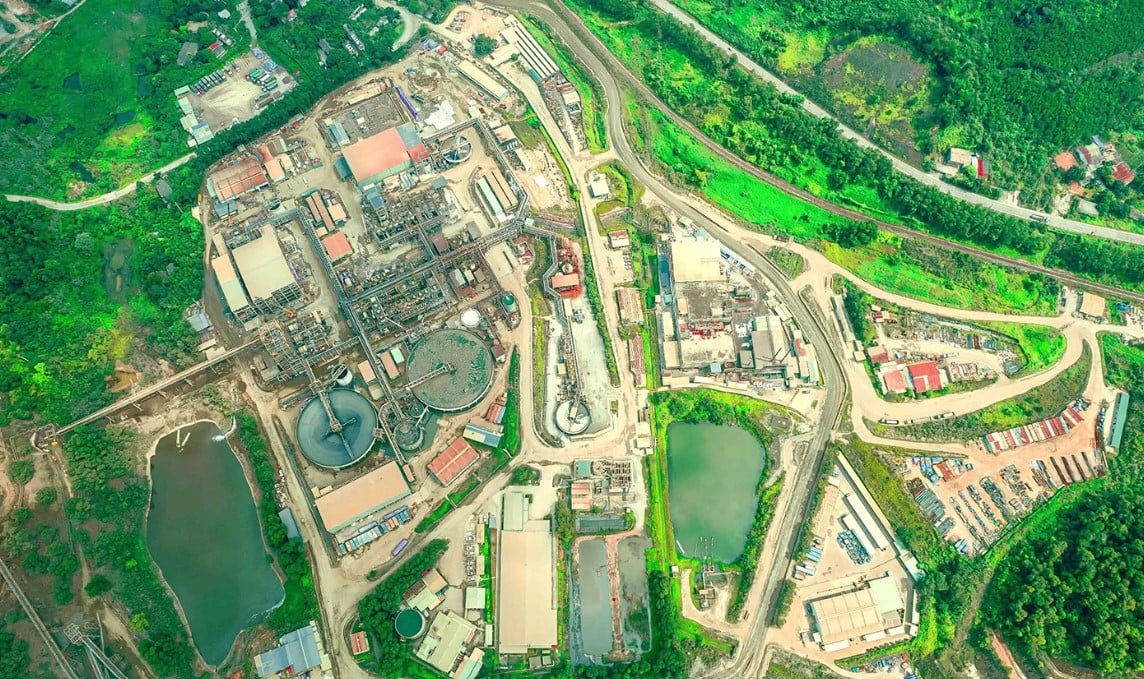
In the market, the price of ammonium paratungstate (APT), the main raw material for tungsten production, has increased sharply. According to Vietcap's report, APT price is currently fluctuating around 630 USD/MTU, nearly double the estimated average price of Masan High-Tech Materials (UpCom: MSR) in 2024 (318 USD/MTU) and the highest in more than 13 years. This development shows a prolonged imbalance in supply and demand, while opening up room for profit margin improvement for businesses with a closed value chain from mining to deep processing.
Vietnam and its advantages in the global supply chain
Vietnam currently ranks second in the world in tungsten production with about 3,400 tonnes in 2024. The Nui Phao mine in Thai Nguyen, owned by Masan High-Tech Materials, is considered one of the largest tungsten mines outside China. With the orientation of developing a high-tech mineral industry deeply connected to the global supply chain, Vietnam is becoming an important link to diversify global supply.
In the context that the Government has approved the Master Plan for Minerals to 2030, with a vision to 2050, along with the revised Law on Geology and Minerals (effective from July 2025), the Vietnamese mineral industry has a more favorable legal corridor for sustainable and transparent exploitation and deeper participation in the international value chain. This is a condition for domestic enterprises such as MSR to strengthen their competitive position.
In the first half of 2025, MSR recorded revenue of VND3,007 billion, up 20% year-on-year. In the second quarter of 2025 alone, revenue reached VND1,614 billion, up nearly 28% year-on-year; profit after tax reached VND6 billion, an improvement of more than VND400 billion compared to the same period last year. EBITDA margin increased sharply to 35% in Q2/2025, compared to only 12% in the same period last year.
These figures clearly reflect MSR's dual advantages: benefiting from rising APT, bismuth and fluorspar prices, and being supported by the divestment of HC Starck, which helps reduce financial pressure and refocus resources on strategic products.
According to Vietcap's assessment, in 2025, MSR is expected to contribute about 6.5% of Masan Group's operating profit, a clear transformation compared to the previous period.
The booming demand in high-tech industries, coupled with increasingly tight global supply, is creating a “golden opportunity” for Masan High-Tech Materials. With the Nui Phao mine and a well-planned operational strategy, this enterprise has the opportunity to become a reliable alternative supplier outside of China, while contributing to improving Vietnam’s position on the global high-tech mineral map.
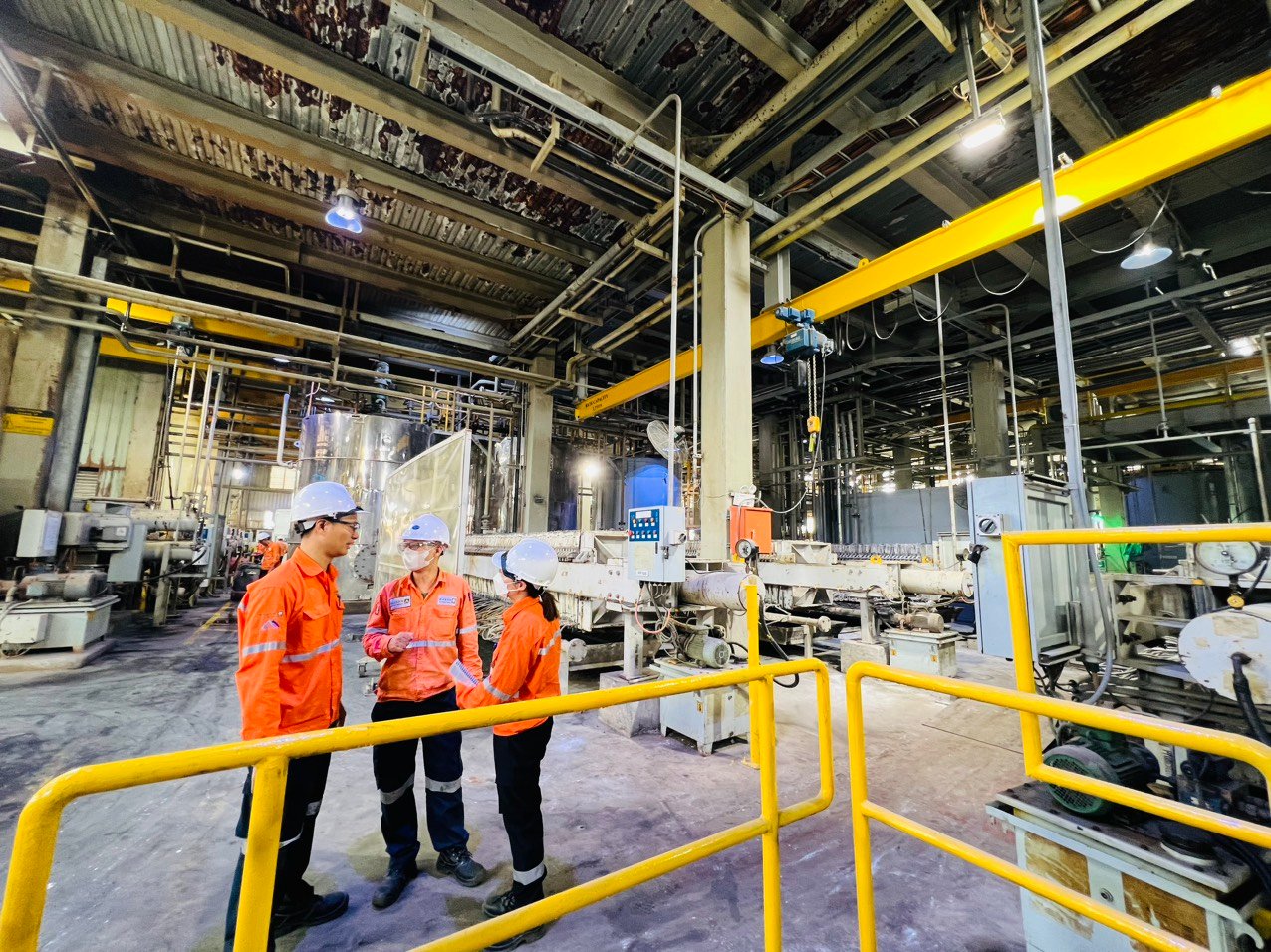
However, challenges remain. Commodity prices can be highly cyclical, while environmental standards and transparency requirements are becoming increasingly stringent. Therefore, maintaining capital discipline, optimizing costs and managing risks will be key for MSR to both take advantage of opportunities and aim for sustainable growth.
Source: https://www.masangroup.com/vi/news/masan-news/Tungsten-Prices-Surge-Opportunities-from-Global-Supply-Demand-Imbalances.html



![[Photo] Hanoi morning of October 1: Prolonged flooding, people wade to work](https://vphoto.vietnam.vn/thumb/1200x675/vietnam/resource/IMAGE/2025/10/1/189be28938e3493fa26b2938efa2059e)









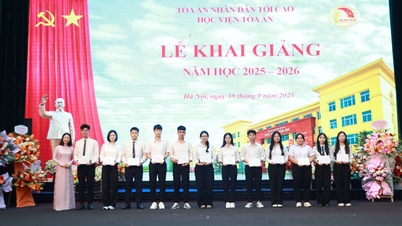
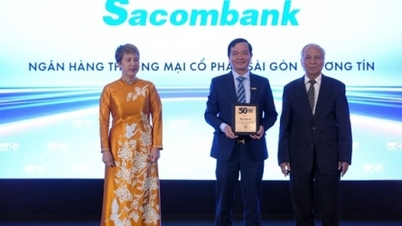




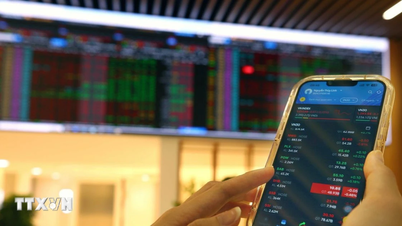
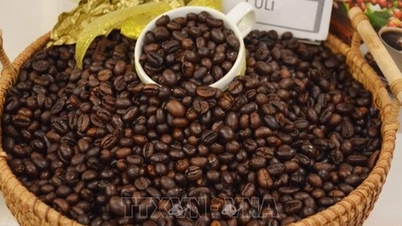



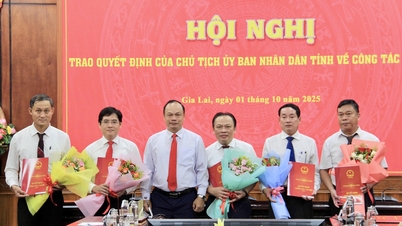
![[Photo] President Luong Cuong receives President of the Cuban National Assembly Esteban Lazo Hernandez](https://vphoto.vietnam.vn/thumb/1200x675/vietnam/resource/IMAGE/2025/9/30/4d38932911c24f6ea1936252bd5427fa)
![[Photo] Panorama of the cable-stayed bridge, the final bottleneck of the Ben Luc-Long Thanh expressway](https://vphoto.vietnam.vn/thumb/1200x675/vietnam/resource/IMAGE/2025/9/30/391fdf21025541d6b2f092e49a17243f)
























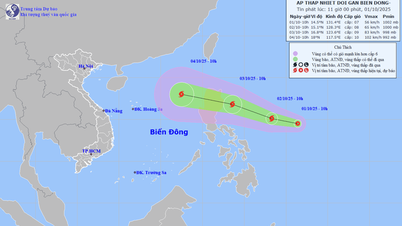
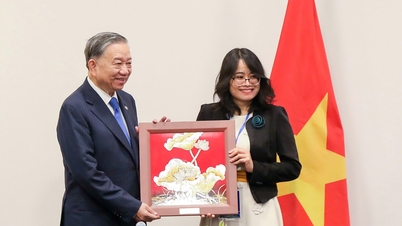

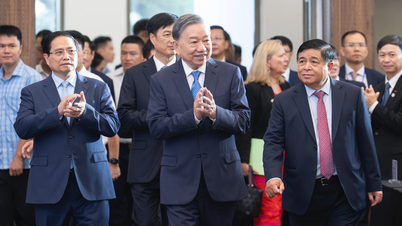






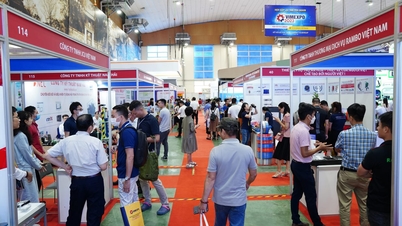


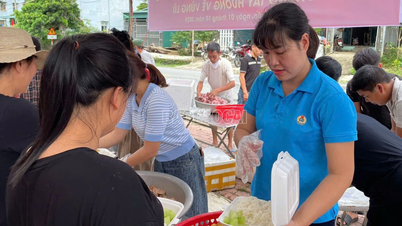

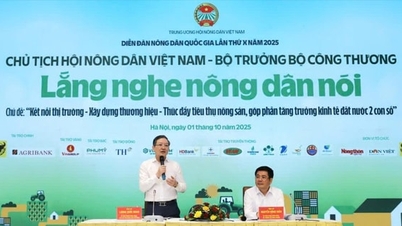

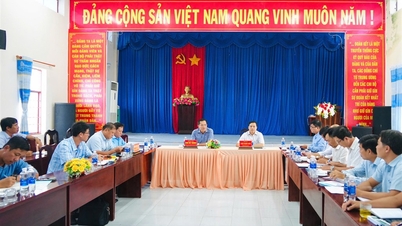


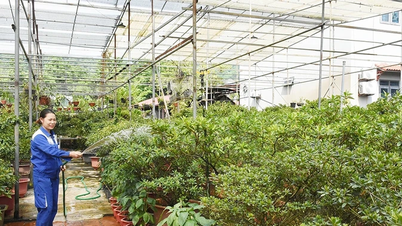
















Comment (0)